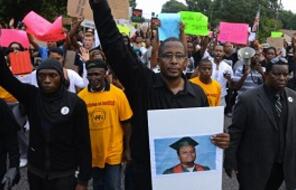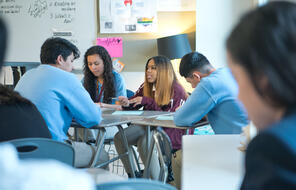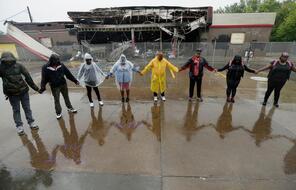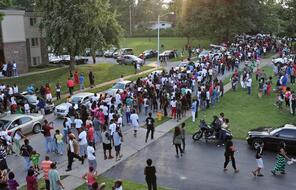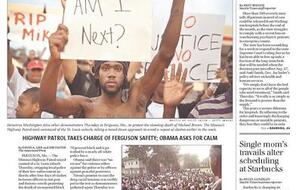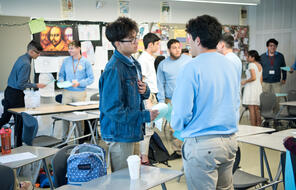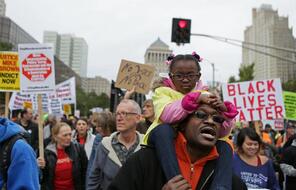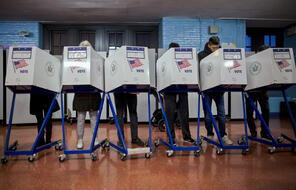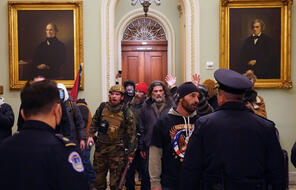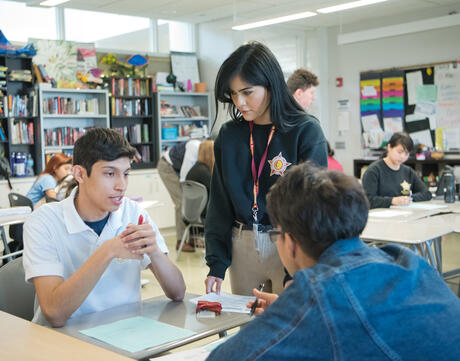
Preparing Students for Difficult Conversations
Duration
One 50-min class periodSubject
- Civics & Citizenship
- History
- Social Studies
Grade
9–12Language
English — USPublished
Overview
About This Lesson
This lesson provides the foundation for the lessons that follow. Because the events and issues at the center of this exploration are complex and disturbing, an essential first step is to create a safe and reflective classroom where students feel they can speak honestly about difficult issues without being judged or shut down by others, where they develop listening skills and the ability to hear perspectives different from their own, and where they learn to have civil discourse and not debate. Students are then given the opportunity to express and process their initial emotional reactions to Ferguson as they develop a common understanding of the basic events.
Lesson Plans
Activities
Materials and Downloads
Quick Downloads
Download the Files
Get Files Via Google
Resources from Other Organizations
Preparing Students for Difficult Conversations
Unlimited Access to Learning. More Added Every Month.
Facing History & Ourselves is designed for educators who want to help students explore identity, think critically, grow emotionally, act ethically, and participate in civic life. It’s hard work, so we’ve developed some go-to professional learning opportunities to help you along the way.
Exploring ELA Text Selection with Julia Torres
On-Demand

Working for Justice, Equity and Civic Agency in Our Schools: A Conversation with Clint Smith
On-Demand

Centering Student Voices to Build Community and Agency
On-Demand


